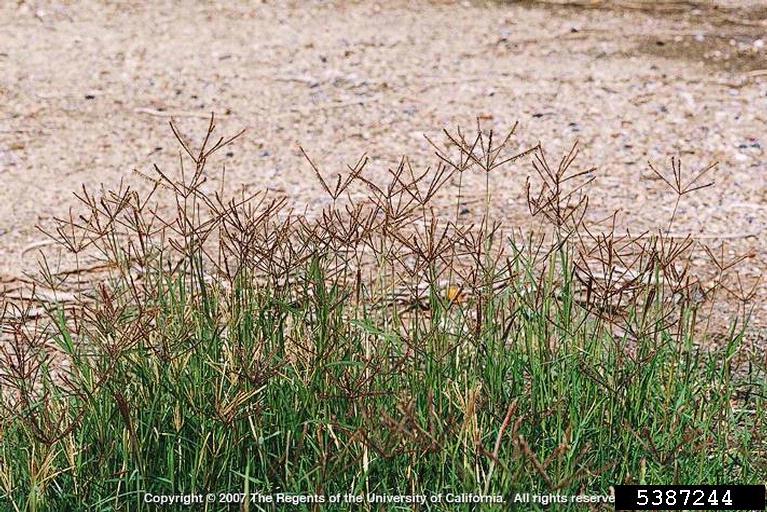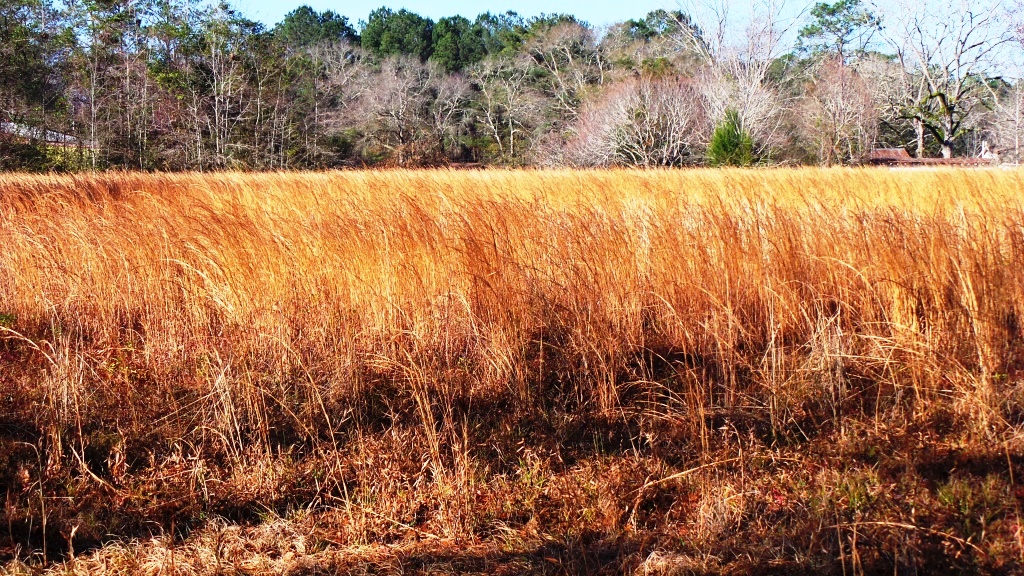
by jferrell | Jan 23, 2015
Common bermudagrass (Cynodon dactylon) is a mat-forming perennial that can be found just about anywhere in the southeastern US – from roadsides to production fields. This weed is very well adapted to the South and persists in areas with a variety of soil textures,...
by Shep Eubanks | Jan 23, 2015
Fireweed is growing well in the Panhandle and I have had a couple of calls this week regarding this plant. This winter annual stinging nettle will definitely light you up! I remember the first time I ever encountered Fireweed (Urtica chamaedryoides) while working on...

by Mark Mauldin | Jan 16, 2015
Broomsedge bluestem, or Andropogon virginicus L. is quite conspicuous this time of year. Its tall stems are the most noticeable feature in many fields. While these tall stems blowing in the wind may look nice, what they represent in terms of soil fertility is anything...
by Russ Mizell | Dec 19, 2014
Russ Mizell, UF/IFAS Professor of Entomology, NFREC Quincy Florida’s climate provides a long and often year-round growing season. Wherever crops are grown they attract insect and disease pests. As a result, growers are confronted with two major problems: detecting...
by Mathews Paret | Nov 14, 2014
Mathews Paret, Plant Pathologist, NFREC, University of Florida, Gary Knox, Horticulturist, NFREC, University of Florida, & Binoy Babu, Post-Doctoral Fellow, NFREC, University of Florida Roses are one of the most popular flowering shrubs in the U.S with a wholesale...
by Nicholas Dufault | Oct 31, 2014
Dr. Binoy Babu, Dr. Nicholas Dufault, Dr. Mathews Paret, and Dr. Carrie Harmon During the 2000 growing season in Texas, a new bacterial species ‘Candidatus Liberibacter solanacearum’ was observed in the U.S. This pathogen can cause serious diseases on potatoes,...



